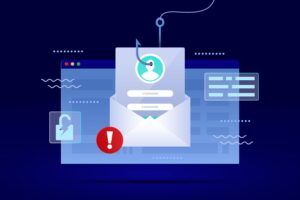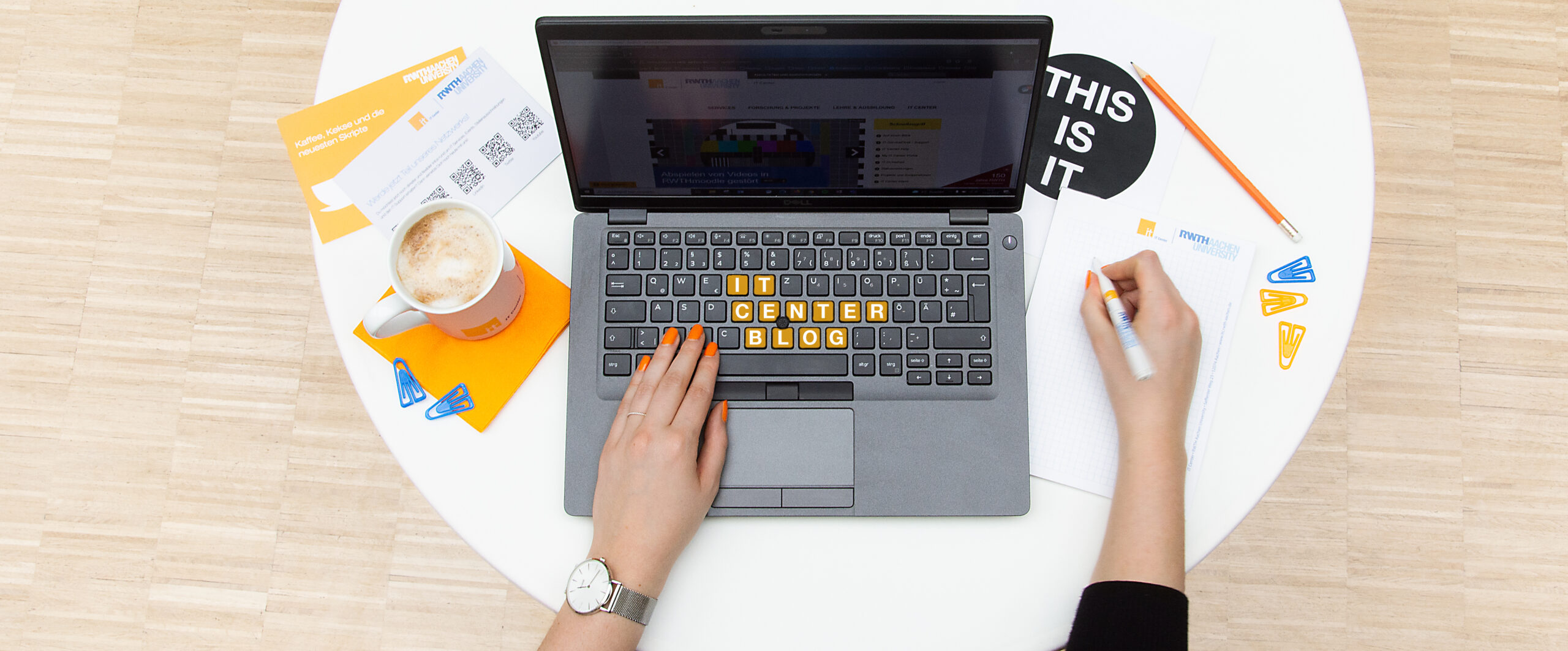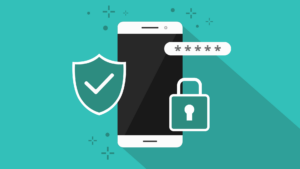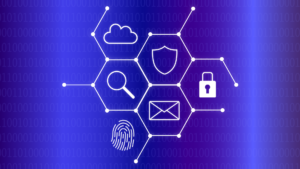Schlagwort: ‘IT security’
5 Tips on How to Keep Your Mobile Devices Safe
They keep us connected at all times and in all places. They accompany us everywhere, wake us up, remind us of important appointments and provide us with entertainment. We are, of course, referring to smartphones. What was originally intended as a means of communication is now a calendar, camera, photo album, pocket watch, navigation device, pedometer and game console all in one. Even as most-used devices for Internet access, mobile devices have long since surpassed desktop computers. Smartphones are the very top of the list.
Mobile devices are practical everyday helpers, but they also hold a large amount of personal data, such as bank and credit card information. It is not uncommon for these end devices to even be used for two-factor authentication for bank transactions and other services. This makes them a popular target for hackers. With a few tips, you can effectively protect your mobile devices and the data stored on them. Read the rest of this entry »
Computer Security Day: 5 Simple Tips to Improve IT Security
For most people, life without the Internet has long been unimaginable. Whether at home, at work or anywhere along the way – information technology is simply everywhere. However, its ubiquity also raises the question of its security. A question that experts already asked themselves back when the Internet had only just begun to develop. Since 1988, November 30 has been dedicated to IT security in many countries. The aim of this event is to raise general awareness of IT security and to educate users on the subject. To mark the occasion, we have compiled five very simple tips for more IT security in everyday life.
Beware of Meeting Invite Phishing Scam!
The way we work together has changed fundamentally in recent years. Among the major changes is the shift of work processes to the home office. Not only have everyday tasks had to be shifted into virtual space, but also the entire communication process. This is how online meetings and video conferencing became a central part of our working lives. The digitization of these work processes brings many benefits. However, it also confronts many companies and organizations with major challenges. One of these challenges is the drastic increase in cyber attacks. As is so often the case, Internet fraudsters have taken advantage of the new situation and quickly developed a variety of new types of fraud methods. These include, for example, phishing attempts via appointment invitations.
E-Mail Security – Why Are Redirections Bad?

Source: Freepik
The third part of our series of articles on e-mail security deals with the identification protocol DKIM and the standard method for e-mail authentication DMARC.
In our first article and second article on the topic of e-mail security, we informed you about the origins of e-mail and the current statistics in mail traffic at RWTH. In addition, we explained what the SMTP protocol is and what problems it can cause.
E-Mail Security – The SMTP Protocol and Its Problems (Sending and Receiving)

Source: Freepik
In our first article on the topic of e-mail security, we gave an insight into the historical development of e-mail. We briefly explained how e-mail exchange works and referred to the statistics of the e-mail service at RWTH Aachen University.
Today we’ll tell you about the transmission protocol “Simple Mail Transfer Protocol” (SMTP) and its pitfalls.
CEO Fraud: When “Superiors” ask for Money

Source: Pixabay
Online fraud schemes are constantly evolving and becoming more devious. In some cases, it can be extremely difficult to spot the scam. Yet one particular fraud method seems to be growing in popularity in recent years and, more importantly, causing ever greater damage: the CEO Fraud. In this article, we’ll explain exactly how this method works and how you can protect yourself from it. Read the rest of this entry »
E-Mail Security – E-Mail & Mail Statistics at RWTH

Source: Freepik
About 50 years ago, the first e-mail was sent – albeit between two computer systems that were part of the same local network. In the 1980s, the internet was opened up to a larger circle of users and e-mail was given its own transmission protocol “Simple Mail Transfer Protocol” (SMTP).
Even today, the exchange of messages via e-mail is undoubtedly an important way of exchanging information between parties via an asynchronous communication channel.
Results of the ZKI Top Trends Survey-2022

Source: Pexels
Once again this year, the Strategy and Organisation Working Group of the Association of Centres for Communication and Information Processing conducted a survey on the most important topics and trends of IT institutions from research institutions and universities in Germany. 85 institutions participated in this year’s survey, providing exciting insights into promising IT topics that will shape the year 2022.
Are you wondering what the top trends and topics are and what you need to be prepared for in the IT world? Then you’ve come to the right place!
Backdoors: Access Through an Alternative Access Point

Source: Pixabay
In life, sometimes it can be very useful to have a plan B or to keep a backdoor open. But would you leave your house and hide the keys to the backdoor under the doormat? For burglars, this setup would probably be an easy target. In IT as well, so-called backdoors are a very popular target for hackers. However, these backdoors are much more tricky and discreet than an open door or hidden keys under a doormat. Because even when the original breach of security, such as an open window, no longer exists, cybercriminals can still get in and out as they please via the implemented backdoor.
Macros – Our Measures For Your Security

Photo: Freepik
***Change of editorial department on 02.11.2021***
E-mails are often misused for phishing attempts and to spread malware. Especially emails with file attachments should be checked critically. In our first article on macros, we explained what macros are and why they can be dangerous. In today’s article, you will learn what precautions are now being taken, what alternative options are available for sending documents, and what precautions you can take to protect yourself from files with dangerous macros. Read the rest of this entry »







